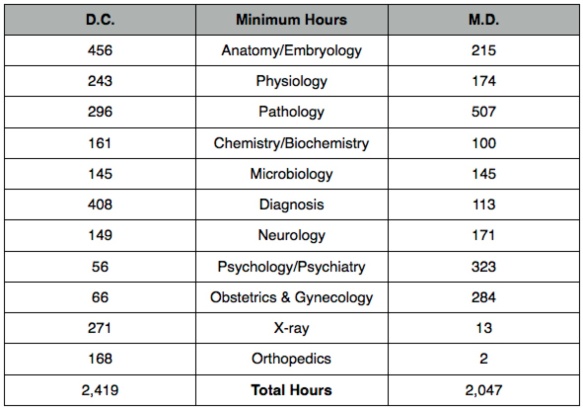Breech Baby Position and Chiropractic Webster Technique
 Call 913-283-9803 to schedule
Call 913-283-9803 to schedule
A breech baby is when the fetus is in any position other than the preferred and optimal head down position or vertex/cephalic position. Due to complications that may arise during delivery, obstetricians often encourage the cesarean section delivery of breech babies.
The woman’s uterus is a large muscle that houses and protects the growing baby. Just like any other muscle in the body, the uterus can develop a muscle spasm for many different reasons. This spasm will prevent the baby from assuming the natural head down position.
The Webster technique is a specific chiropractic analysis and diversified adjustment. The goal of the adjustment is to reduce the effects of sacral subluxation and Sacro-Iliac joint dysfunction. In so doing neuro-biomechanical function in the pelvis is improved. This is a gentle and non-invasive way to encourage the uterus to relax and allow the baby to properly assume the head down position. With a light adjustment to the sacrum, the triangular bone at the base of the spine, along with gentle pressure on specific ligaments, the central nervous system will be restored to function to a greater potential allowing natural healing to take place.
Webster Technique is extremely safe for both mother and baby and has been practiced for many years with much success. While some cases resolve with just a few adjustments, others require many return adjustments before they respond. One study found this technique to be 82% effective.
There are other conditions that cause a breech baby position that will not respond to Webster Technique. This may be identified by the OB/GYN and this is why it is important for an open line of communication between your medical professionals.
There are numerous reasons that a natural vaginal delivery is beneficial to the optimal health of both mother and baby. If the baby is found to be in the breech position, there is much less of an opportunity for a natural vaginal delivery.
If you have a breech position baby, come in for conservative Chiropractic care before resulting to more invasive procedures like External Cephalic Version (ECV) or Cesarean section. The whole adjustment from start to finish is very comfortable for both mother and baby.
If you know someone that is pregnant, or if you know a medical professional that works closely with pregnancies, please forward this information to them or share it online.
Have a healthy baby,
-Kelly Baltuska, DC
Call 913-283-9803 to schedule
The previous information is presented in a clinical and theoretical framework. Dr. Baltuska DOES NOT practice Obstetrics or Gynecology.


